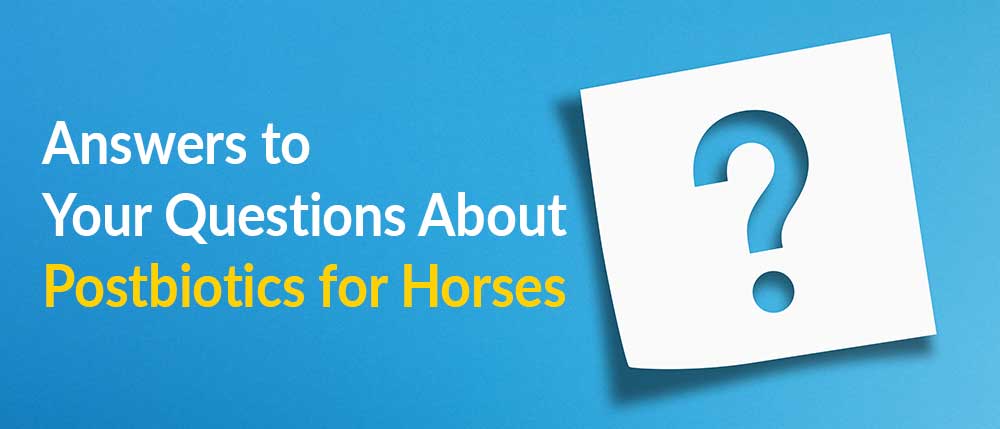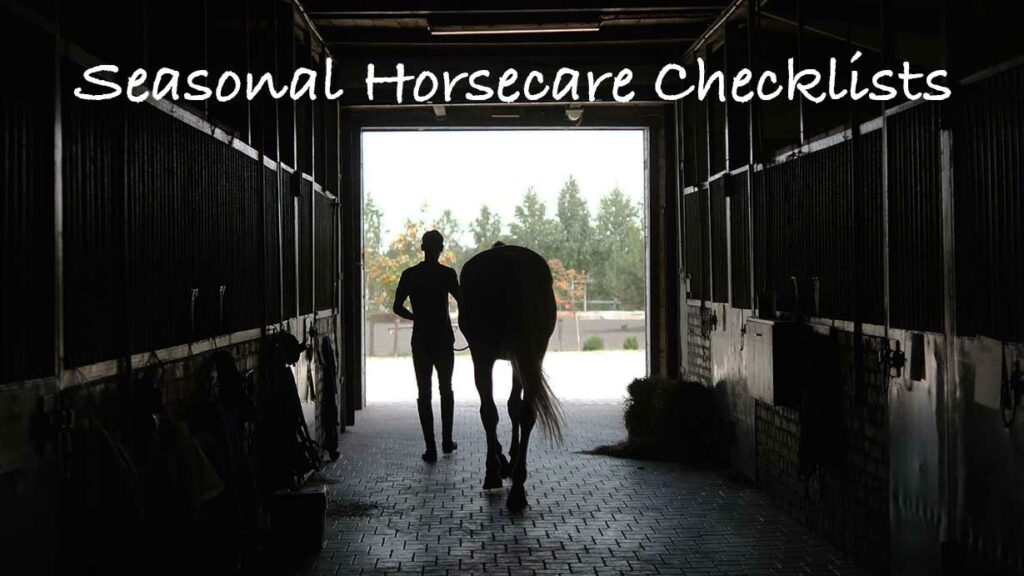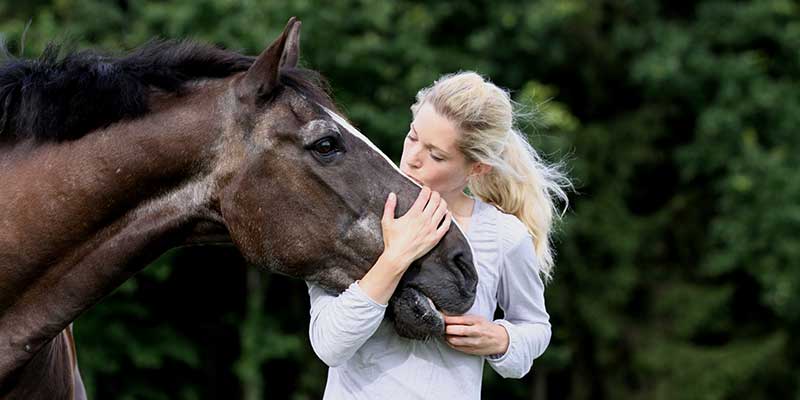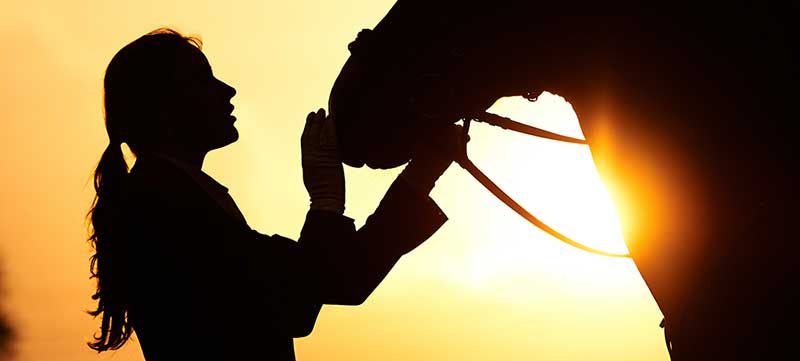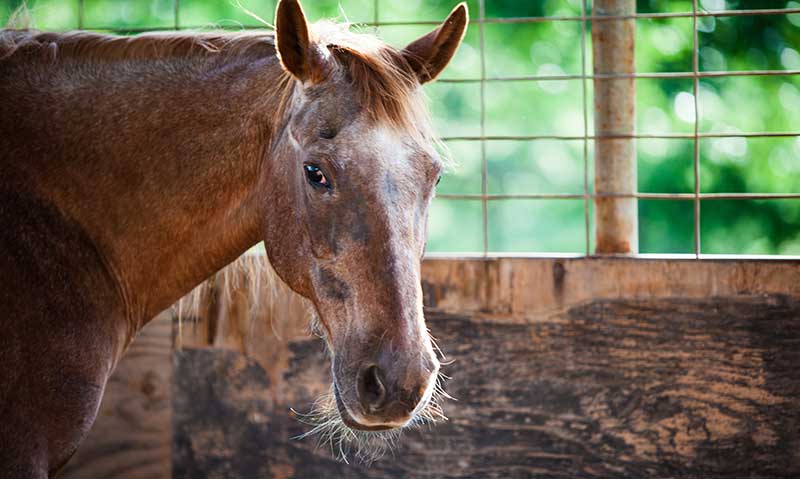Postbiotics for Horses FAQ: Answers to Your Questions About Postbiotics for Horses
Postbiotics are bioactive compounds created when the probiotics in your horse’s gut consume and digest fiber (prebiotics).
Postbiotics are shown to increase blood oxygen level, reduce recovery times from lactic acid accumulation, support intestinal health, and act as a barrier to harmful bacteria.
Learn more about postbiotics and horse digestion with this Q & A with Nick – the chief of everything at Grand Meadows.
What are Postbiotics?
Postbiotics are produced by the combination of prebiotics and probiotics in the hindgut. Postbiotic horse supplements may provide a broad spectrum of nutrients affecting a multitude of functions in the horse.
The support of a healthy hindgut function hinges on whether there are sufficient probiotics and prebiotics.
Continue reading
